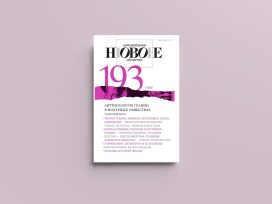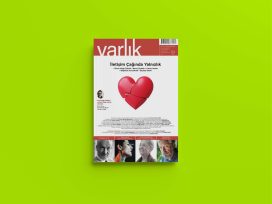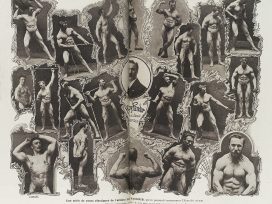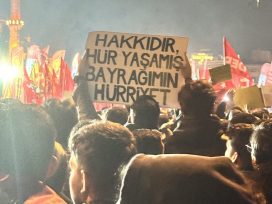Opening a dossier in Varlık on ‘Popular culture in flux’, Mutlu Binark’ offers an overview of the hegemony of North American cultural products in the 1970s. According to Binark, an ‘unjust communication network’ was imposed on the Global South for decades. In the 21st century, by contrast, Bollywood, Korean television dramas, K-pop, and Nollywood have gone global, challenging northern cultural dominance.
Binark, a professor of communication and new media studies at Hacettepe University, ponders examples of cultural products, including Ne Zha 2 (2025), the Chinese animated fantasy action-adventure film written and directed by Jiaozi. Grossing more than $2.1 billion, which makes it the fifth-highest-earning film of all time, the movie has aligned with what President Xi Jinping described as China’s ‘cultural confidence’. Binark notes how Chinese state actors have framed Ne Zha 2 as a ‘a fresh window for the world to view China’.
Opening with an epigram from South Korean cultural theorist Byung-Chul Han (‘If the ruptures are painful, the bonds are real’), Hüseyin Köse considers Baby Reindeer (2024), The Banshees of Inisherin (2022) as explorations of post-emotional human relationships in the era of digital culture.
From monachopsis (the subtle but persistent feeling of being out of place) to benching, gaslighting, ego-surfing, submarining, haunting and situationship, the article offers a helpful glossary of contemporary emotional phenomena and tactics, mourning decrease in the existence of what Han has described as ‘people worthy of love whose lives we fear’.
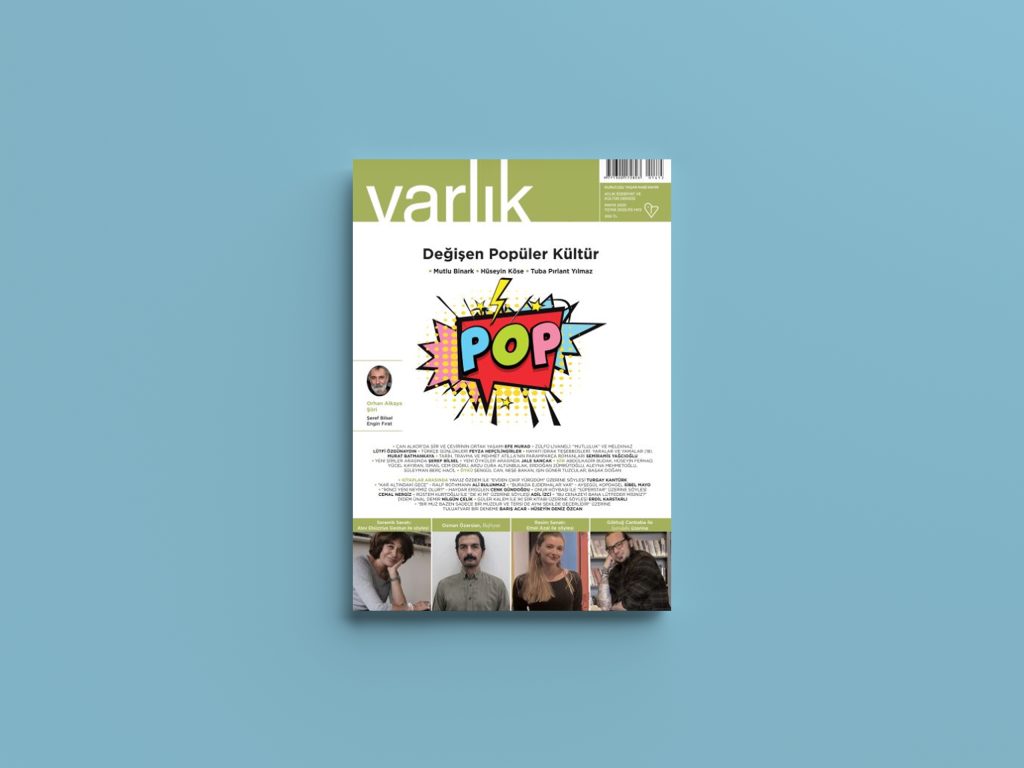
Magazine Mockup 03 by Minimal Mockups. Free for personal and commercial use.
Finally, Tuba Pırlant Yılmaz looks at the moral dilemmas of characters in series such as Breaking Bad, Succession, Mad Men, The Sopranos and Fleabag. ‘The characters in question attract attention not only with their contradictions but also with their psychological depth,’ Yılmaz writes, quoting British actress Phoebe Waller-Bridge’s description of her character in Fleabag as an ‘expression of the worst in us, but also the most honest part of us’. This approach ‘captures the essence of modern character design, expressing the desire of viewers to confront their shadow side,’ according to Yılmaz.
Poetry and translation
Efe Murad writes on the recently departed Can Alkor’s (1936-2024) lives as poet and translator. Alkor possessed ‘a sense of mystery that we do not often encounter in Turkish,’ writes Murad, an assistant professor at Ca’ Foscari University. ‘In addition to Alkor’s word choice and meticulousness in language, interesting text-to-text parallels and overlapping themes can be noticed between his translations and the poems he wrote, and sometimes these two practices even intertwine.’
The Turkish artist Bilge Alkor, wife of the poet, shared with Murad poems, poetry translations, essays and poetry theory drafts (most of which were unpublished) from Alkor’s estate. Varlık publishes a text touching on the works of Ezra Pound, Stefan George, Rilke and Quasimodo, the Italian poet whose ‘contribution to modern Italian poetry was not so much in his poems as in his translations of ancient Greek poetry’.
The short essay begins by asking: ‘What is the difference between someone whose main occupation is poetry and who translates poetry in his spare time and someone whose main occupation is translation and who writes poetry in his spare time?’ Murad, the author of six books of poetry and the translator of ten more, including the first complete translation of Ezra Pound’s Cantos, offers his own take on the question while he close-reads Alkor’s text.
Applied arts
Elsewhere in the issue, Fatma Berber interviews Alev Ebüzziya Siesbye, the Turkish-Danish ceramic artist who designed wares for the companies Royal Copenhagen and Rosenthal AG and received a Chevalier de l’Ordre des Arts et des Lettres in 2009.
Ebüzziya, 86, has led a fascinating life. From an early age, she was engaged in dialogues with key figures in Turkey’s literary and art circles, including Sabahattin Eyüboğlu and Tomris Uyar. ‘I can’t imagine a life without literature and music,’ Ebüzziya tells Berber, recounting an anecdote with Ahmet Hamdi Tanpınar (1901–1962), one of the most significant Turkish novelists of the twentieth century.
‘I was still a student in England during those years. And when I came back for a vacation, he asked me what I was reading. I replied that it was William Somerset Maugham’s Of Human Bondage. He was so impressed by how I shared my feelings about the book that I’ll never forget how he looked at me.’
Working with clay, Ebüzziya considers simplicity to be the most complex aspect of her work. ‘Because it requires reduction. It requires the essence, and the smallest thing stands out in that essence. I love simplicity very much, I hate ornamentation.’
Review by Kaya Genç




